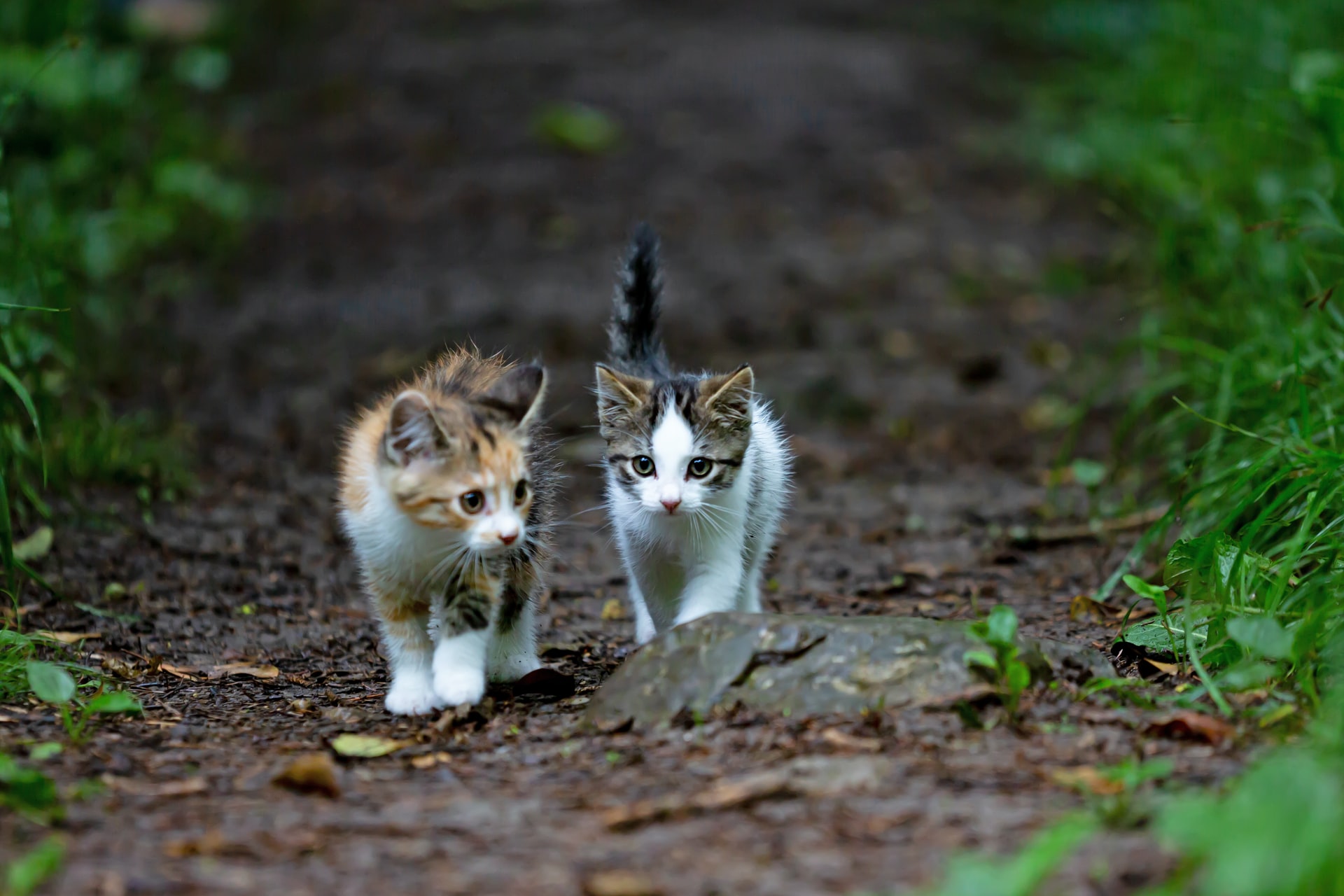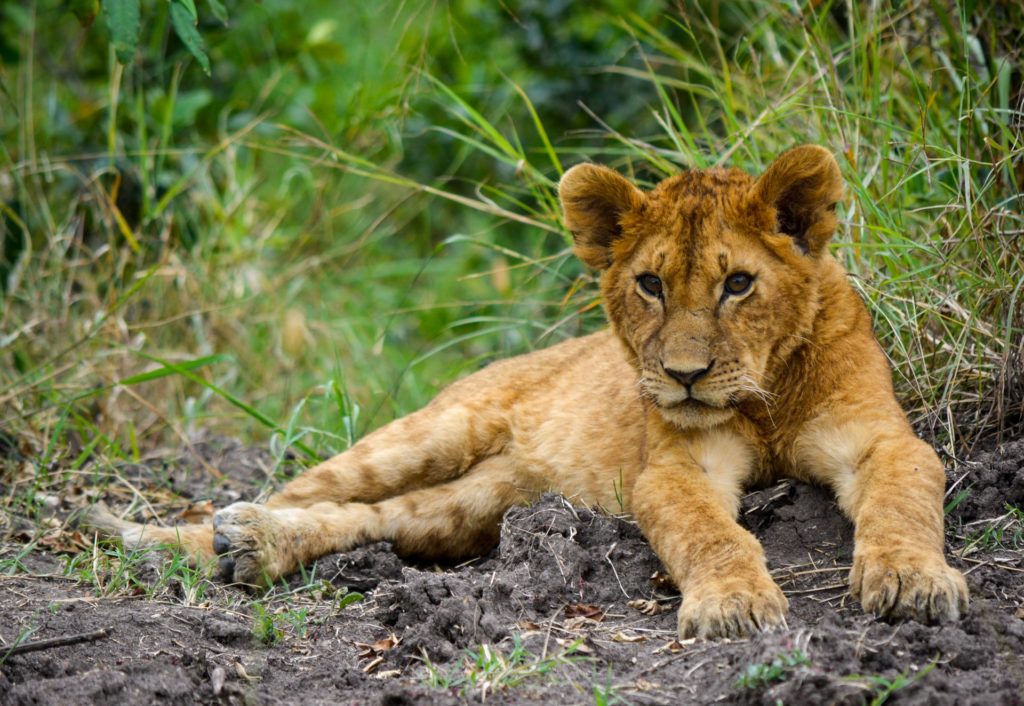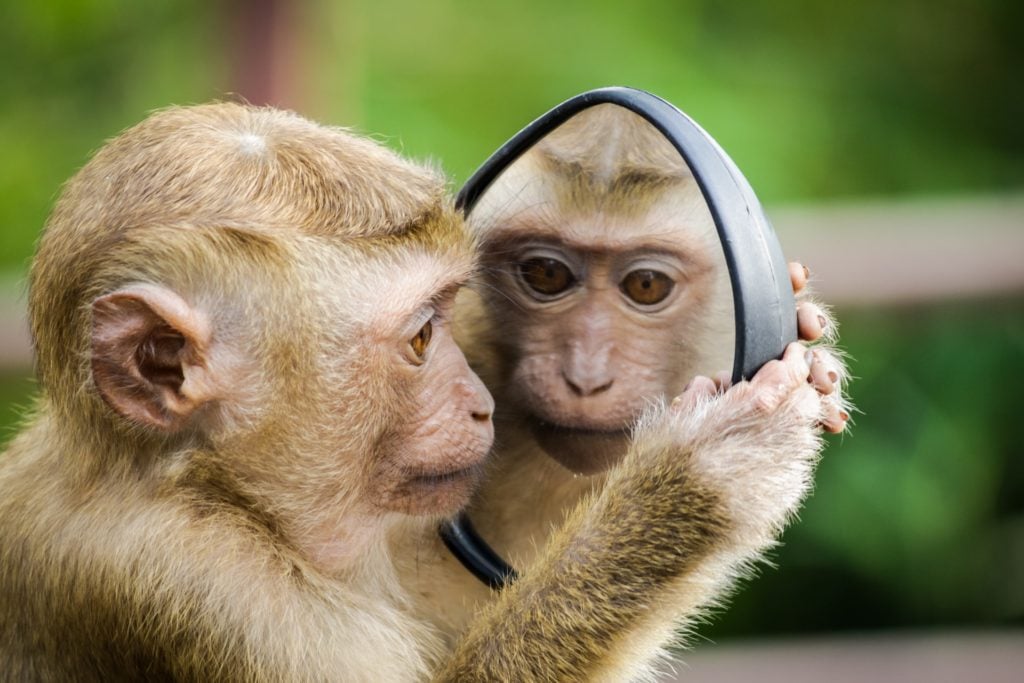This entry was posted on May 14, 2021.

There’s no disputing it; wildlife photography is one of the most satisfying of all forms of photography.
The satisfaction that comes with capturing an incredible shot of a wild animal in its natural habitat is beyond compare. As is the joy that comes with getting up close and personal with your subject, without ever having made your presence known.
Irrespective of what type of photography you’re into or your experience level, wildlife photography is remarkable.
That said, it also has the potential to be daunting for newcomers… and undeniably frustrating. It all seems so simple on the surface, until you try your hand at recreating one of your favourite shots.
Suddenly, you realise the harsh truth; taking even a semi-decent shot while out and about in the wild is far more challenging than it sounds.
Still, the challenge is where much of the satisfaction lies. If wildlife photography was easy, it wouldn’t be nearly as rewarding for those who nail it.
As for the good news - wildlife photography for beginners can be much more approachable than you might think. Once you’ve established a good grip of the basics, it’s the classic case of practice makes perfect.
In the meantime, the following tips, tricks and practical pointers from the pros will soon have you on your way to sharing unforgettable encounters with all sorts of charming critters:
1. Set out with a clear objective
First up, setting out on a wildlife photography adventure means having a clear goal in mind.
Think carefully about what sort of shots you want to capture. What kind of wildlife will you focus your attention on? And what you want to do with the shots you get?
This is a far more productive approach than making things up as you go along, with no specific goal to aim for. Give yourself a clear and defined objective for each outing, while thinking carefully about how you intend to achieve it.
2. Stay open-minded
Chance encounters form the basis of some of the most epic and inspiring wildlife shots ever captured on film. Having an objective in mind is important, but so too is staying open-minded and alert at all times.
One of the most appealing aspects of wildlife photography is how you never know what’s going to happen from one moment to the next. It could be that you set out to take distant shots of birds of prey, only to find yourself in the perfect spot to practice your macro photography skills.
3. Do your preparation and research
Taking the time to learn about your potential subjects and target locations is also essential.
This means more than looking into the types of wildlife you can expect to encounter during your outing; it extends to considering breeding habits, feeding habits and day/night activity patterns. Picking up a few pointers on the fundamentals of tracking animals and identifying animal prints can also prove surprisingly useful.
4. Revisit the same spot several times
If you select a spot for your wildlife photography shoot and come away empty handed, it doesn’t mean it’s a dud. It could simply be that you headed out at the wrong time of day or night, or that you didn’t do a good enough job keeping yourself hidden from view.
Where there’s a potentially perfect backdrop for wildlife photography of any kind, take the time to visit it at various different times day and night.

5. Use the rule of thirds…
Most beginners find sticking to the rule of thirds works wonders when shooting wildlife.
Particularly where there’s an appealing backdrop, shooting the main subject off centre using the grid lines on your camera as a point of reference almost always produces pleasing results.
If no grid lines are available, simply picture a 3x3 grid and aim to capture the subject on one of the points where the grid lines intersect away from the centre.
6. …but don’t stick to it religiously
That said, it’s never advisable to stick to rules like these religiously and without exception. Some wildlife shots look absolutely astonishing when the subject is right in the centre of the image, or in a seemingly unconventional corner of the shot.
It depends on myriad factors, such as the way the critter is facing, the backdrop, the lighting conditions, its proximity to you at the time and so on. Experimentation often holds the key to wonderful wildlife photography, so let your imagination do its thing.
7. Show the surrounding environment
Close-up shots of wild animals can be enchanting, engaging and inspiring. But what’s often even more captivating is a shot of a wild animal perfectly framed in its natural environment.
It’s all about showing the subject in context, rather than taking shot after shot focusing on close-ups of the subject itself.
Best of all, taking shots that focus just as heavily on the surrounding environment means not having to fork out for ultra-powerful zoom lenses and tripods. More often than not, a basic entry-level camera you know your way around will do the job just fine.
8. Get creative with cropping
This can be a useful way of reimagining shots taken using the rule of thirds which don’t come out quite as impactful as expected.
If the shot was captured in high resolution with sufficient pixel density, you can experiment to your heart’s content with all types of weird and wonderful cropping. Focus, zoom in on one specific aspect, or even crop a proportion of the subject out of the image altogether.
A single high-quality image can be repurposed in an infinite number of ways, so feel free to experiment.
9. Alter your shooting angle
If the shots you’re taking from a given vantage point simply aren’t coming out as you’d like, consider experimenting with different shooting angles.
For example, getting low to the ground can instantly transform the way your shots come out - foliage in the foreground, more sky framing the shot and so on. Likewise, perching on a nearby tree branch (safety first!) could also radically alter the way the same shot looks.
If everything appears to be in place but the shot still isn’t what you want it to be, a different shooting angle can make all the difference.
10. Use the right shutter speed
For the most part, the ‘right’ shutter speed for wildlife photography is a fast shutter speed. Along with overcoming camera shake, a fast shutter speed is essential for the simple fact that wild animals are often moving… and fast!
For consistently crisp shots without blur or shake, use a minimum shutter speed of 1/400. Coupled with a wide aperture for a pleasantly soft background, this is usually the basic formula for beautiful outdoor shots.
11. Timing is everything
A second (or even a split second) can make all the difference between a shot that’s mesmerising and a photo that’s forgettable. This is where taking plenty of shots in rapid succession can be useful to find the perfect image. It’s also where having an absolute ton of storage space to play with is essential, as ultra-high-definition image files can quickly fill even the biggest memory card.

12. Capture character and personality
The key to captivating and inspiring wildlife photography often lies in capturing something of the subject’s character and personality.
Long story short - capture a shot of an animal doing something unusual, unexpected or funny and it’s a guaranteed winner.
Not all wildlife shots have to be magnificent, atmospheric and thought-provoking. But those that are entertaining often hold even greater appeal.
13. Be ready for all weather conditions
You don’t need to spend a fortune on purpose-made accessories to protect your gear from an unexpected downpour - a bunch of heavy-duty bin-liners will suffice.
Nevertheless, you need to ensure you’ve at least something you can use to stay safe and dry while out and about. The only predictable aspect of the Great British weather is its unpredictability, so don’t be too reliant on questionable weather forecasts.
14. Try switching to black and white
Whether you shoot in black and white or remove the colour from your shots while editing, it’s a great way of transforming the look, feel and focus of all types of wildlife shots.
It’s also a fantastic technique for emphasising contrasts that would not normally have been noticed in a colour shot.
15. Upgrade your equipment
Last up, if you simply cannot come up with decent results irrespective of your hard work, it could be time to consider upgrading your equipment. Letting the quality of your equipment stand in the way of your talent is a recipe for demotivation and disappointment.
Don’t forget that there’s an extensive second-hand market for camera equipment that’s worth looking into and could save you a small fortune on the costs of new gear.






